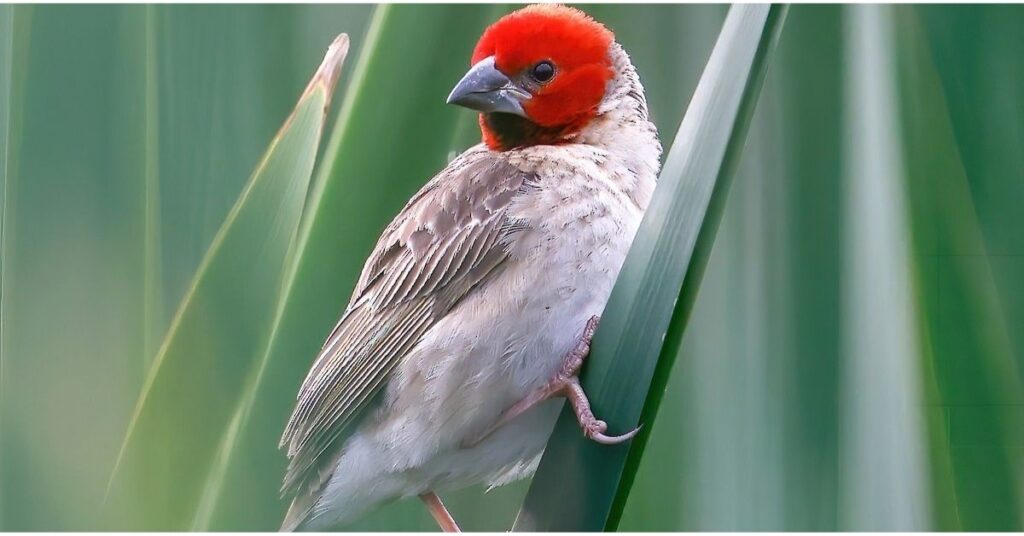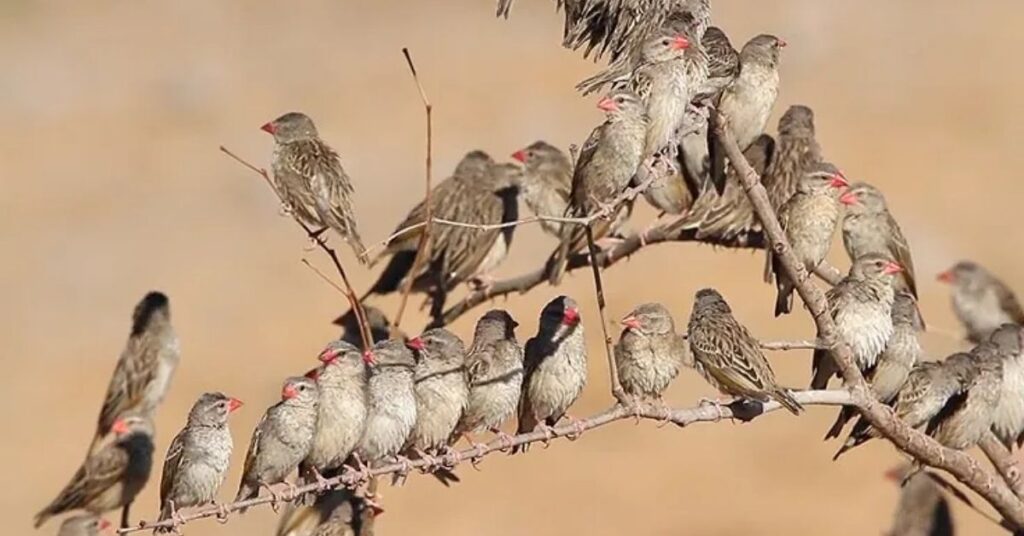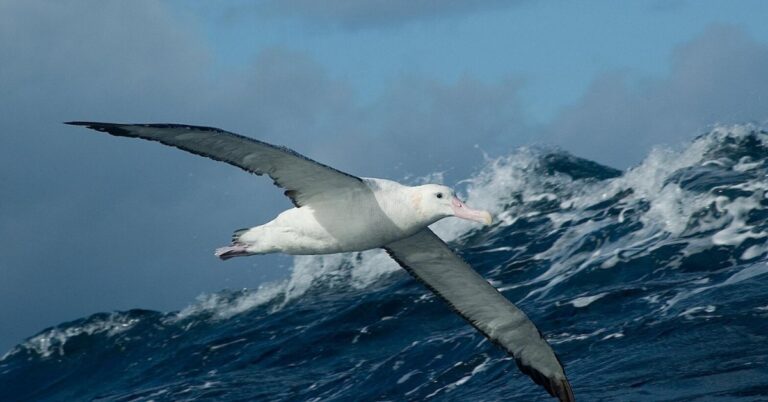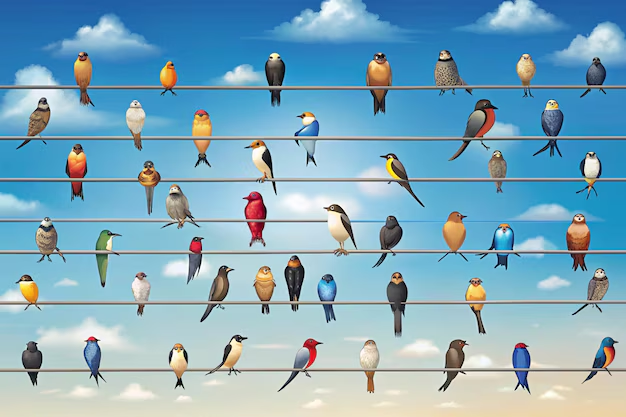Quelea: The Most Abundant Wild Bird
In the vast tapestry of nature, some creatures slip beneath our radar, quietly thriving in numbers that defy imagination. Enter the Quelea, a small but mighty bird that has earned the title of the most abundant wild bird on Earth.
With populations soaring into the billions across sub-Saharan Africa, these tiny avian marvels command attention not just for their sheer quantity but for their remarkable adaptability and resilience.
Some Special Characteristics
In the vast tapestry of avian life, few birds capture the imagination quite like this bird. Known informally as the weaverbirds, these small, unassuming creatures are not only a marvel of nature but also exemplify resilience and adaptability in some of the harshest environments on Earth.
Found predominantly in sub-Saharan Africa, these birds have earned a reputation for their astonishing flocking behavior and unparalleled breeding strategies that can transform landscapes overnight.
Habitat
In the heart of Africa, where the sun-drenched savannas meet sprawling wetlands, a remarkable avian phenomenon unfolds. These birds, often dubbed the most numerous bird on Earth, has captivated ecologists and birdwatchers alike with its astonishing flocking behavior and adaptability to diverse habitats.
These small finches, known for their vibrant plumage and relentless chirping, are not just a common sight; they embody the intricate relationship between wildlife and their environment.
Behavior
In the vast savannas of Africa, where golden grasses sway gently in the wind, a small yet remarkable bird orchestrates one of nature’s most captivating dramas. This bird , often dubbed the ‘African weaver,’ is not just another feathered inhabitant of these wide-open spaces; it is a living testament to collective behavior and cooperation among avian species.

With their striking plumage and unparalleled social dynamics, form massive flocks that can number in the millions, transforming the sky into a swirling mosaic of movement and sound. Yet beneath this mesmerizing spectacle lies a complex tapestry of behaviors driven by survival instincts, communication strategies, and social hierarchies.
Diet
In the heart of Africa’s vast savannas and wetlands, a seemingly unremarkable bird plays a pivotal role in the ecosystem, a tiny creature known as the queleas. Often overlooked due to its size, this bird is anything but ordinary when it comes to its diet.
With an insatiable appetite for seeds, these birds form massive flocks that can strip fields bare in mere hours, leading some to label them as pests. But beyond their reputation as agricultural nuisances lies a fascinating story of survival and adaptability that reveals much about their dietary habits.
Reproduction
In the heart of the African savanna, a remarkable avian phenomenon unfolds each breeding season: the breathtaking spectacle of these birds reproduction. Often dubbed the most numerous bird on Earth, these tiny weavers are not only known for their staggering population but also for their extraordinary mating behaviors that draw both admiration and intrigue.

As clouds of vibrant plumage dance across the sky, these male birds engage in elaborate courtship displays, showcasing their acrobatic prowess and striking colors to attract potential mates. But what lies beneath this dazzling display is a complex reproductive strategy shaped by survival instincts and environmental pressures.
Predators
In the vast savannahs of Africa, a remarkable avian phenomenon unfolds every year: billions of these birds take to the skies in a breathtaking display. These tiny, gregarious creatures are renowned for their incredible flocks, which can darken the sun as they swoop and soar in search of food.

This impressive spectacle also attracts an array of hungry predators lurking beneath the cover of grasslands and trees. From cunning raptors to stealthy mammals, these hunters have evolved intricate strategies to exploit these birds abundance during its seasonal migrations.
Conservation Status
In the vast, sun drenched plains of Africa, a small but mighty bird flits through the air with remarkable agility: these birds. Known for its staggering numbers and intricate social behavior, this avian marvel has captured the fascination of ornithologists and nature enthusiasts alike.

Yet beneath its vibrant plumage lies a pressing concern that echoes through ecosystems and human communities alike the conservation status of these birds. As these tiny granivores navigate their delicate balance between thriving populations and environmental threats, they embody a larger narrative about biodiversity and sustainability in our rapidly changing world.
Evolutionary History
From their grassland origins to their remarkable adaptive strategies, understanding the evolutionary history of these birds offers profound insights into how species can thrive in diverse environments while also posing challenges to human interests.
As the sun rises over the African savanna, a dazzling spectacle unfolds in the sky: flocks of these birds, their vibrant plumage shimmering in hues of red and yellow, darting and swirling like living clouds. These small yet extraordinary finches are not just a captivating sight; they represent an evolutionary saga that spans millions of years.
Relationship With Humans
In the vast tapestry of nature, few threads are as intricate and compelling as the relationship between humans and these birds are often seen as agricultural pests because they tend to feed on cereal crops, causing millions of dollars in damages annually.
In response, farmers use various control methods, including bird netting and chemical deterrents. Despite these conflicts, these birds also play an important role in the ecosystem by helping control grass populations and serving as prey for numerous predators.
Interesting Facts About Quelea
- Superabundance: Queleas are sometimes called “feathered locusts” due to their sheer numbers and the damage they can inflict on crops.
- Flight Displays: Flocks of these birds can be so large that they disrupt air traffic and cause power outages when they roost masse on power lines.
- Adaptive Breeding: These birds can adjust their breeding cycles to match food availability, often breeding multiple times a year in favorable conditions.
And Also Read Do Birds Have Tongues? Best And Helpfull Guiding Tips
Conclusion
The quelea stands as a remarkable testament to the resilience and adaptability of wildlife, thriving in diverse environments across Africa. With their staggering population numbers, these small birds play a crucial role in their ecosystems, influencing agricultural practices and local biodiversity. As with many species, they face threats from habitat loss and climate change that could impact their future survival.
FAQ’s
1. What are Quelea birds?
Quelea birds, primarily the red-billed quelea (Quelea quelea), are small, seed-eating birds native to sub-Saharan Africa, known for their large flocks and migratory behavior.
2. Why are Quelea birds considered a pest?
Due to their massive flock sizes and feeding habits, quelea birds can cause significant damage to crops, particularly in agricultural regions where they feed on grains like sorghum and millet.
3. How do Quelea birds communicate?
Quelea birds use a variety of calls, including chirps and whistles, to communicate with one another, especially during breeding season and while foraging in flocks.
4. What do Quelea birds eat?
Their diet primarily consists of seeds from grasses and cereals, making them highly dependent on agricultural areas for food.
5. How do Quelea birds reproduce?
They typically breed during the rainy season, with females laying 2-6 eggs in nests that they construct, which both parents help to care for until the chicks fledge.
6. What is the lifespan of a Quelea bird?
In the wild, quelea birds typically live for about 3 to 5 years, although some may survive longer under favorable conditions.







